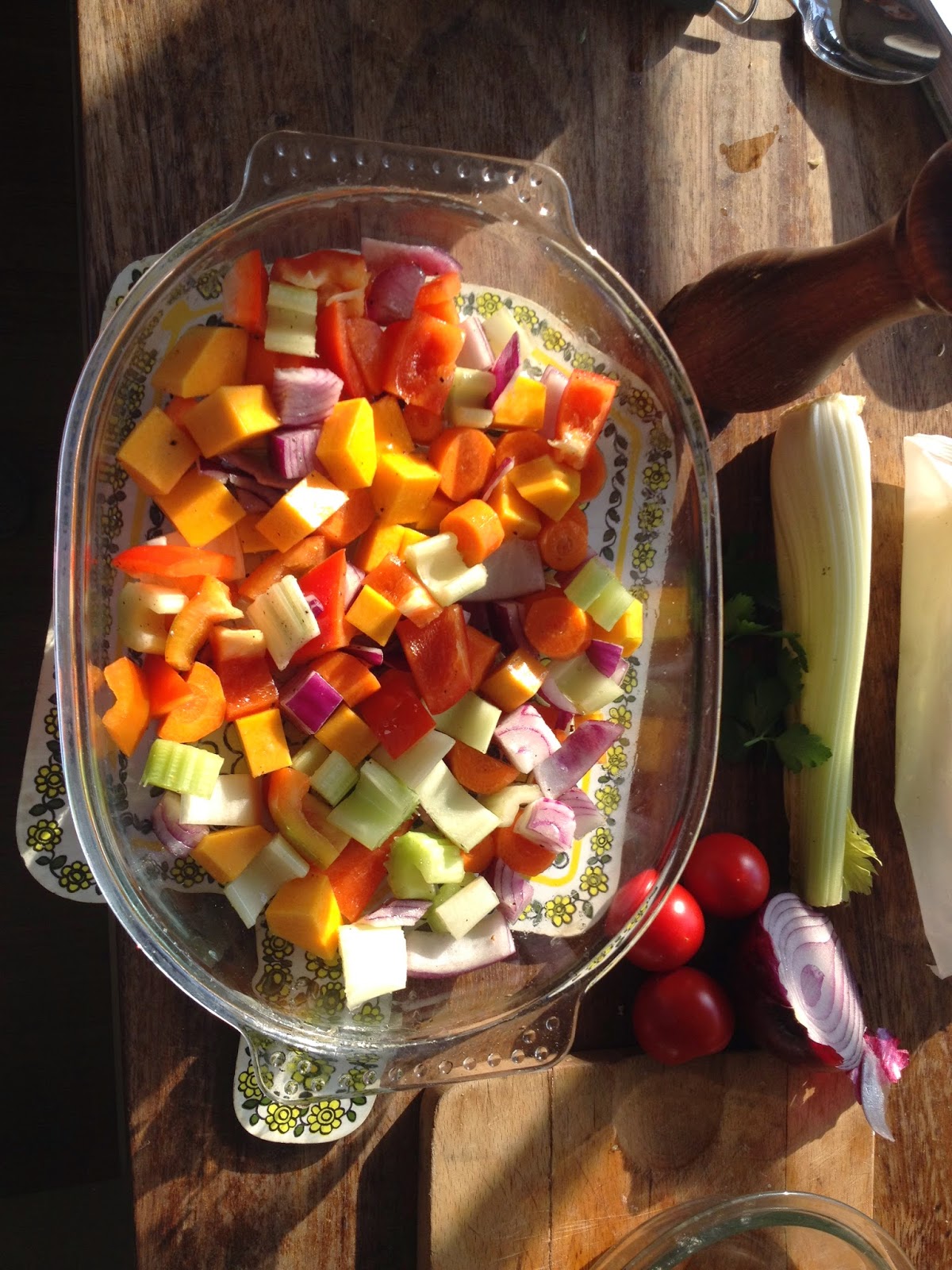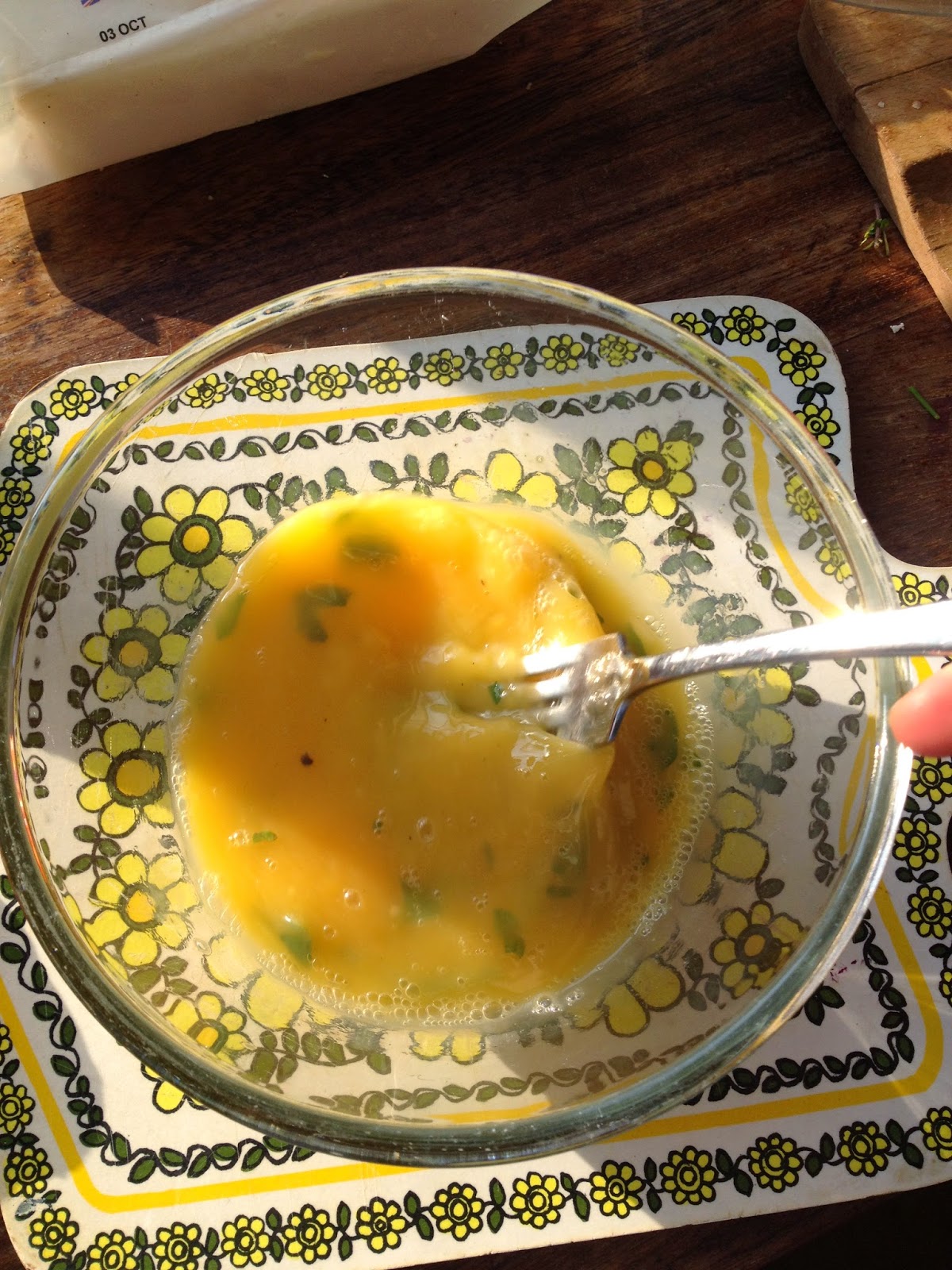It has well and
truly felt like winter the last couple of weeks (finally!) meaning I’ve been
turning to more homely, hearty dishes -such as this classic chicken dish- to warm
me up. The beauty of this is in its simplicity and that it can be
adapted to make into a pie, or just to eat with rice or mash. Either
way – add some seasonal veg, keep the carbs wholegrain, and you have yourself a
healthy meal (fairly healthy if you make it into pie…). This is a great one to
make for your housemates – this was very popular with mine – or scale it down
to use 2 chicken breasts and eat it over two days – making sure you heat the
chicken up carefully so it’s piping hot all the way through.
Ingredients – serves 4:
3-4 chicken breasts
Juice of half a
lemon
30g butter
Approx. 200g of
mushrooms (2/3rds of an average supermarket pack) - sliced
1 leek – finely sliced
30g flour
300ml chicken stock
(use a whole chicken stock cube dissolved in 600ml of boiling water)
*Optional bacon if
you have it
Parsley if you have
it
If you’re making it
into a pie – half a block of ready-made puff pastry.
Put the chicken
breasts in a dish, drizzle with olive oil, squeeze the juice of half a lemon
over them and season with salt and pepper. Cook them in the oven at 190 degrees, gas mark 5
for 35-40 minutes – or until the juices run clear**.
With 10-15 minutes
left to go on the timer, put the kettle on and make your stock. Meanwhile, melt
the butter in a saucepan on a medium-low heat and fry the leek until it’s starting
to go soft (*add bacon cut into pieces at this point too if you’re using it). Add
the mushrooms and continue to fry until they’re soft too. Don’t worry if there’s
excess butter – this is what makes the sauce.
Once the leek and
mushrooms are soft, add the flour and stir until it’s soaked up the butter.
Then start adding the stock – stirring continuously. It may go lumpy at first
but persevere and it should come together and start to thicken. Keep adding the
stock until it’s the right consistency. At this point if you’re feeling clever –
get the chicken out and tip the juices from the dish into the sauce, then put
the chicken back in the oven to carry on cooking.
Taste your sauce
and season it. At this point I add parsley if I have it, salt, pepper, maybe
some mixed herbs, a little more lemon juice if it needs it – whatever floats
your boat! Once the chicken is done, cut it up into chunks and mix it in with
the sauce.
You can serve it
with wholegrain rice and vegetables and you’re away!
OR
Make it into pie…
OR
Make it into pie…
Transfer the
chicken and sauce into a fairly deep dish, roll out the pastry to
roughly 3mm thick and place it over the chicken. Make sure to make a small
hole in the top of the pastry, and then cook for a further 20 minutes until
the pastry is brown.
| ALL THE YUMMY PIE |
**(to test this, poke
the chicken breast with a knife and then press down on it with the flat side of
the knife. There should be no pink colouration in the juice that comes out. Alternatively
chop the breast in half and check it’s not pink – you’re going to cut it all up
anyway).
Tune of the day: Don't Give Up (On Love)- Blinkie - It's cold, it's wet, it's miserable, so listen to the electronic charms of Blinkie, and reach for a saucepan rather than those Dominoes 2-for-1 offers.
Tip of the day: there
are so many really good videos on YouTube showing you how to make many amazing,
healthy recipes. I personally love Jamie Oliver’s Food Tube - he invites lots of other chefs as guests to his channel and has so much
variation. Also Donal Skehan.



















